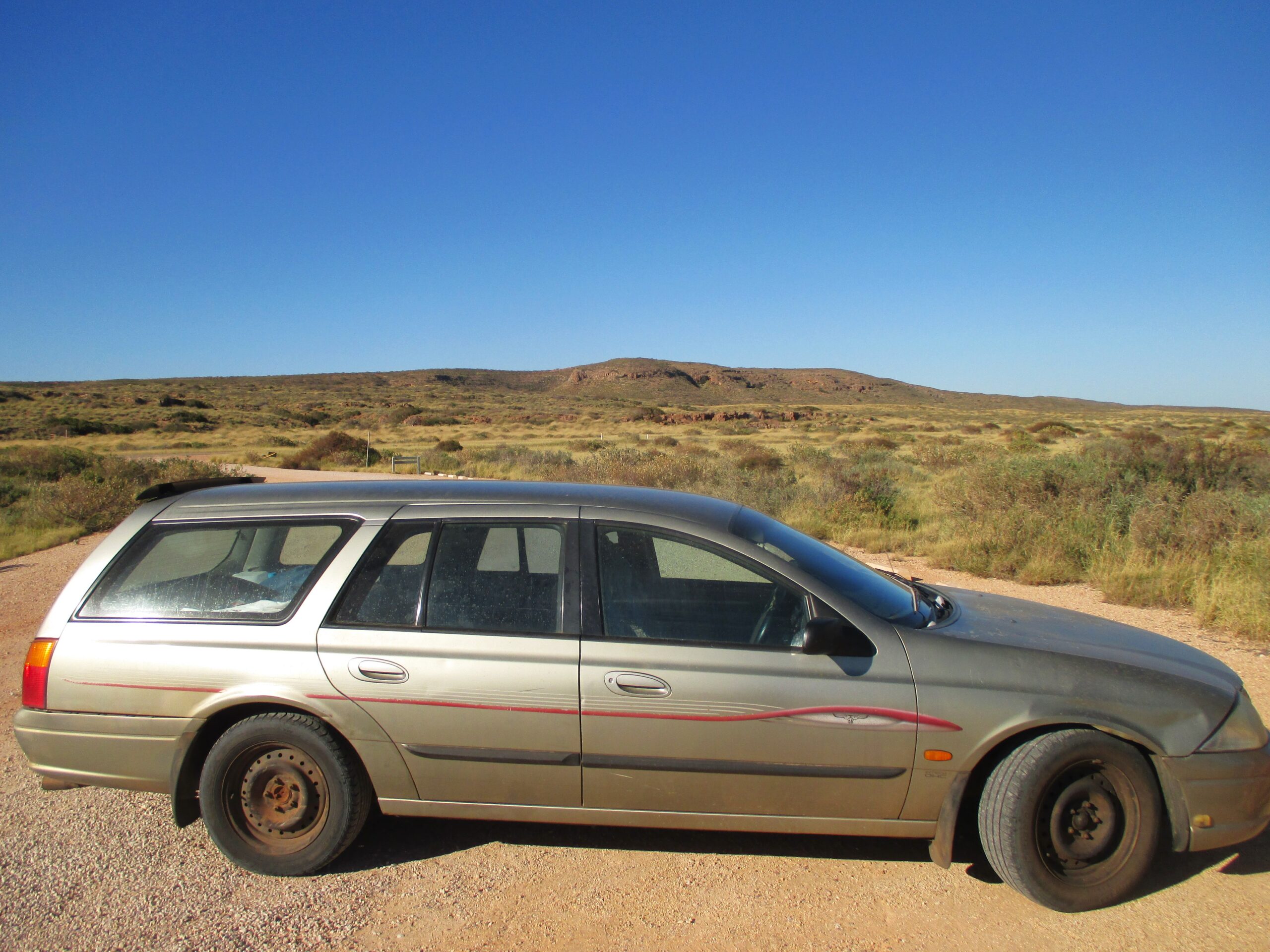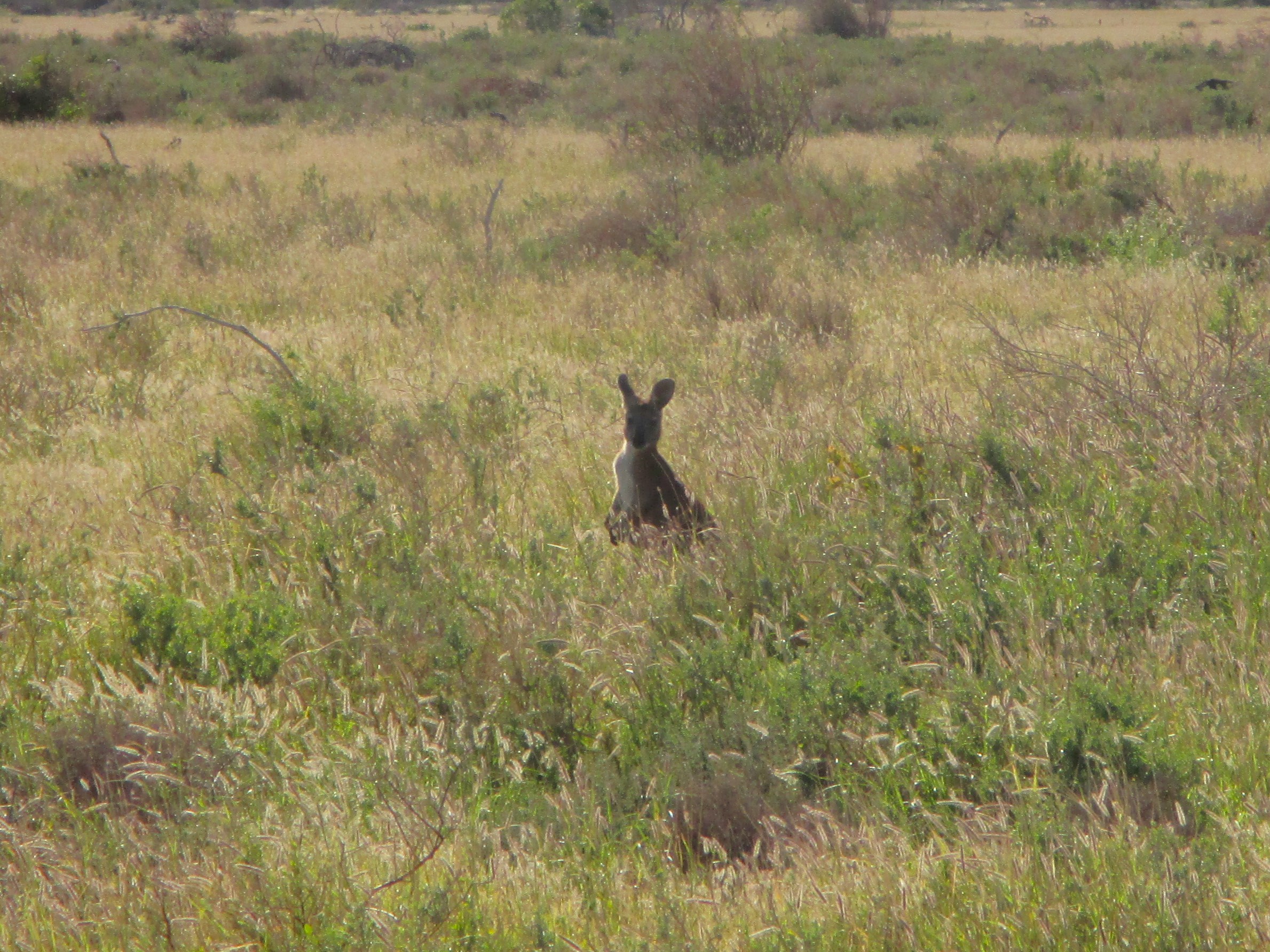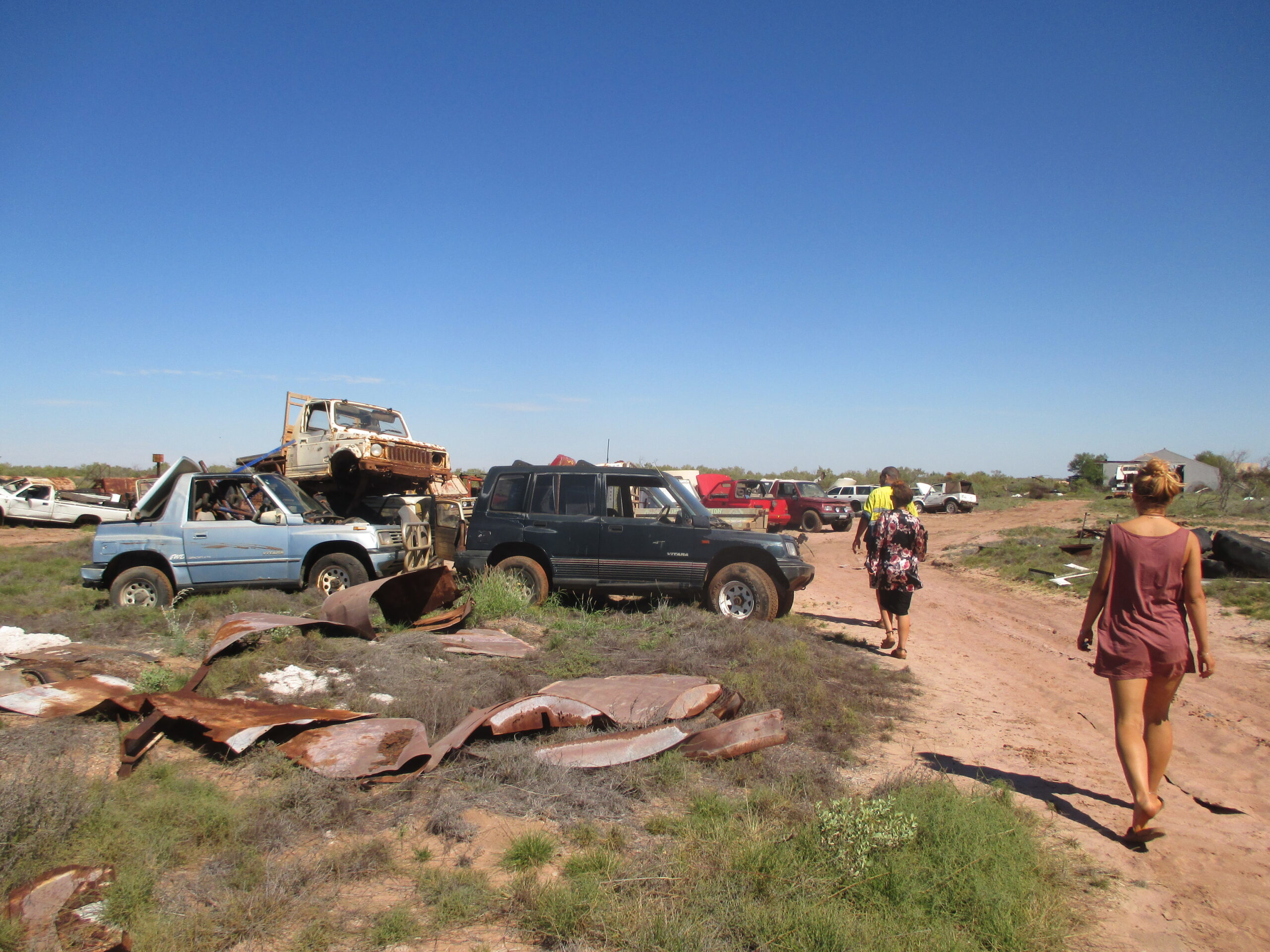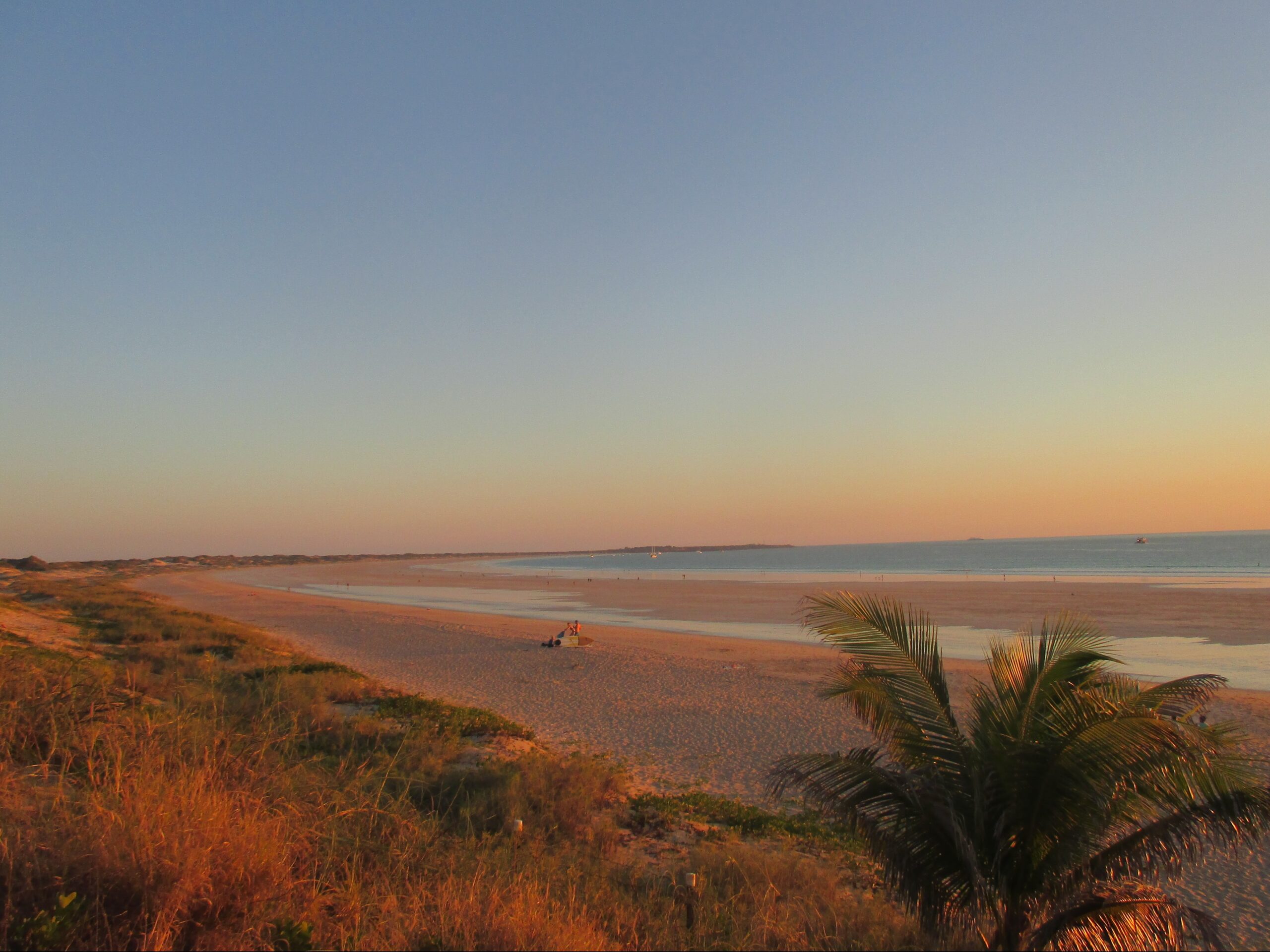Western Australia to the Northern Territory - Part Four
The breakdown
Leaving Port Hedland, we had no idea what was about to happen. We were driving on the highway shortly after nightfall, behind one of Australia’s road-trains that dwarfed my car, when disaster struck. Lights on the dashboard started flashing, including the engine temperature warning. Having no idea what caused it, but aware we couldn’t carry on, we pulled over. We didn’t have the skill to investigate it, so we decided to sleep by the side of the road, and face reality in the morning.
What happened next was a demonstration of the friendly and caring nature of Australians. Within minutes of sticking a hand out at the roadside for help, two cars had stopped to offer assistance. One helped had a look under the bonnet to inspect, and he could see there was a serious enough issue to prevent us from driving further. The couple kindly took the time to tow us to the nearest petrol station around 10km away, driving no more than 20km an hour.

Help
At the petrol station, we met a man who lived in the trailer park behind, who offered to look at my car. He turned out be our saviour. He generously spent the day driving us around the area, first, to a car graveyard. It was full of cars that had also broken down, and luck shone on us, as we found a similar make and model of my car – which we could take the part we needed to replace.
However, we first needed permission from the owner of the land – the local Aboriginal chief. We crossed paths with him when driving along the beach, and he calmly allowed us to take the part, free of charge. It was only when his brother intervened and requested a box of beers, that we had to bring something to exchange.

Saved
So, we bought the beer, dropped it off to the locals, went back to the car graveyard to remove the part from the abandoned car, then finally returned to the station, where our handyman (I have unforgivably forgotten his name) did the work on the car. He was happy when I offered him $150 for his help and we were up and running again less than 24 hours after breaking down.
None of this would have been possible without the thoughts and efforts of total strangers, who didn’t think twice about taking time out of their day to help us. That morning it had been unthinkable that we would be back on the road so quickly, so I was grateful for each extra day we had.

The parting
We followed the eighty-mile beach – an unremarkable stretch of sand made remarkable by its sheer length (although I don’t think it’s exactly 80 miles). We landed in Broome, where I stayed for a couple of nights. The girls ended their trips here, staying to look for work – sad to say goodbye to my two companions, but grateful for having shared this part of the trip,.
I explored nearby, stopping at a variety of bays with different coastlines. The defining feature of the area is Cable Beach, where I watched the colourful sunset on my last. I stayed in a hostel that night, which felt slightly strange after around weeks on the road. I wasn’t used to: sleeping indoors in a dormitory with seven other people, cooking in a kitchen, neither falling asleep to the sunset nor waking up in nature. Ironically, despite the comforts, I felt slightly uneasy – I was eager to get back on the road as soon as possible.
